How to give workers the best choice
Regarding the policy of withdrawing social insurance at one time, the Government proposed 2 options: Option 1 only allows those who have paid social insurance before the law takes effect (expected July 1, 2025) to be eligible to withdraw, those who have paid social insurance after the above time are not allowed to withdraw. Option 2 allows withdrawal but only up to 50% of the amount paid. In the review report, Chairwoman of the Social Committee Nguyen Thuy Anh said that the Social Committee believes that both options are unreasonable, so this agency recommends that the Government continue to assess the impact and propose a clearer policy.

National Assembly Chairman Vuong Dinh Hue speaks at the group discussion.
Discussing in the group, Deputy Head of the Delegation Affairs Committee (DBO) Ta Thi Yen emphasized the need to limit the one-time withdrawal of social insurance and lean towards the option of ensuring long-term, sustainable social security for all people. According to Ms. Yen, the regulation to increase benefits and increase the attractiveness of encouraging workers to reserve their contribution period to receive pensions instead of receiving social insurance one time as in the draft law is very necessary and reasonable.
According to Deputy Tran Thi Nhi Ha, Director of the Hanoi Department of Health, in 2022, nearly 1 million people will receive one-time social insurance benefits, an increase of 3.7% over the same period in 2021. Therefore, measures must be taken to keep workers in the system longer and create conditions for them to be eligible for pensions.
Delegate Ha also proposed that the social insurance withdrawal rate should not be 50%, but should correspond to the insurance contribution level of the employee. Employees can only withdraw the amount they contribute to the fund, while the amount that the employer contributes will be retained to pay a part of the pension later.
Meanwhile, Minister of Finance Ho Duc Phoc proposed a plan to calculate the one-time withdrawal of social insurance according to the ratio of employees withdrawing 46% and leaving 54% in the fund. He also said that it is necessary to stipulate a period of how many years, if not paying, then withdrawing or have another plan, because the regulation is still open.
Speaking at the meeting, National Assembly Chairman Vuong Dinh Hue said that he was assigned to prepare two projects on salary reform and social insurance policy reform to submit to the Central Committee for promulgation of Resolutions 27 and 28 on these two issues, so he had the opportunity to "go relatively deep". The National Assembly Chairman admitted that the policy of withdrawing social insurance at one time is of most concern to workers but is also the most difficult issue.
According to the National Assembly Chairman, the need to withdraw social insurance at one time is real, so "it cannot be banned". The National Assembly Chairman suggested that policies must be designed to retain workers in the system and limit the withdrawal of social insurance at one time.
"That means designing so that workers have the best choice," said the National Assembly Chairman, adding that there should be no distinction between those who paid social insurance before and after the law was amended as the Government proposed because it could affect social psychology.
Does reducing the time to pay social insurance cause "impoverishment"?
Regarding the reduction of the minimum social insurance payment period to receive a pension from 20 years to 15 years, according to Minister Dao Ngoc Dung, this regulation aims to create opportunities for some groups of people who start participating in social insurance late (starting participating at 45 - 47 years old) or participate intermittently or do specific jobs with a short working time, leading to not having accumulated enough 20 years of social insurance payment when reaching retirement age, to also have the opportunity to receive a monthly pension and be guaranteed health insurance. This regulation also contributes to reducing the number of people receiving one-time social insurance due to being eligible for a pension.
"For employees with a longer social insurance payment period, they will still receive a pension with a higher pension rate that remains unchanged compared to current regulations," said Mr. Dung.
During the group discussion, although agreeing with the plan to reduce the social insurance payment period, some delegates were concerned that it could cause "impoverishment". Delegate Vo Manh Son (Thanh Hoa delegation) said that the pension level depends on the contribution period and the salary and income used as the basis for social insurance payment. Therefore, reducing the condition on social insurance payment period means that there will be more cases of workers retiring with very low pensions; in which male workers will only receive 33.75%, equivalent to more than 2 million VND.
In addition, the draft law also removes the regulation on the minimum pension level. This is something that many workers are concerned about, because it could lead to the trend of "impoverishment" of a part of the population in the future. The Thanh Hoa delegation suggested that the drafting committee consider designing a pension calculation method that is shared to support those with very low pensions, for example, the minimum pension level for male workers is 40%, and for female workers is 50%.
Speaking at the group discussion, the National Assembly Chairman also said that reducing the social insurance payment period from 20 years to 15 years, and then reducing it to 10 years, is one of the "revolutionary" policies of Resolution 28 institutionalized in the revised Social Insurance Law this time.
"There are opinions that there is a contradiction when the retirement age increases but the time to pay social insurance decreases. But the trend is that salaries and incomes will increase. In the future, salary reform must also reform both the public and private sectors. Therefore, the number of years of payment will decrease but the amount of money paid will increase. That is why developed countries pay for a short time. The salary is large, so the contribution is very large, the benefit level is also good, unlike ours," the National Assembly Chairman noted.
Where is the Social Security Fund investing?
Regarding the investment portfolio of the Social Insurance Fund, according to Minister of Finance Ho Duc Phoc, the Social Insurance Fund is currently investing in 2 areas: 80% invested in government bonds, because they ensure certainty and support the budget and fiscal policy but the interest rate is not high. The remaining 20% is deposited in 4 major banks to ensure safety.
Source link


![[Photo] Opening of the 4th Summit of the Partnership for Green Growth and the Global Goals](https://vstatic.vietnam.vn/vietnam/resource/IMAGE/2025/4/16/488550ff07ce4cd9b68a2a9572a6e035)
![[Photo] North-South Expressway construction component project, Bung - Van Ninh section before opening day](https://vstatic.vietnam.vn/vietnam/resource/IMAGE/2025/4/17/ad7c27119f3445cd8dce5907647419d1)

![[Photo] President Luong Cuong receives Ethiopian Prime Minister Abiy Ahmed Ali](https://vstatic.vietnam.vn/vietnam/resource/IMAGE/2025/4/16/504685cac833417284c88a786739119c)
![[Photo] Many practical activities of the 9th Vietnam-China border defense friendship exchange](https://vstatic.vietnam.vn/vietnam/resource/IMAGE/2025/4/16/3016ed3ef51049219574230056ddb741)





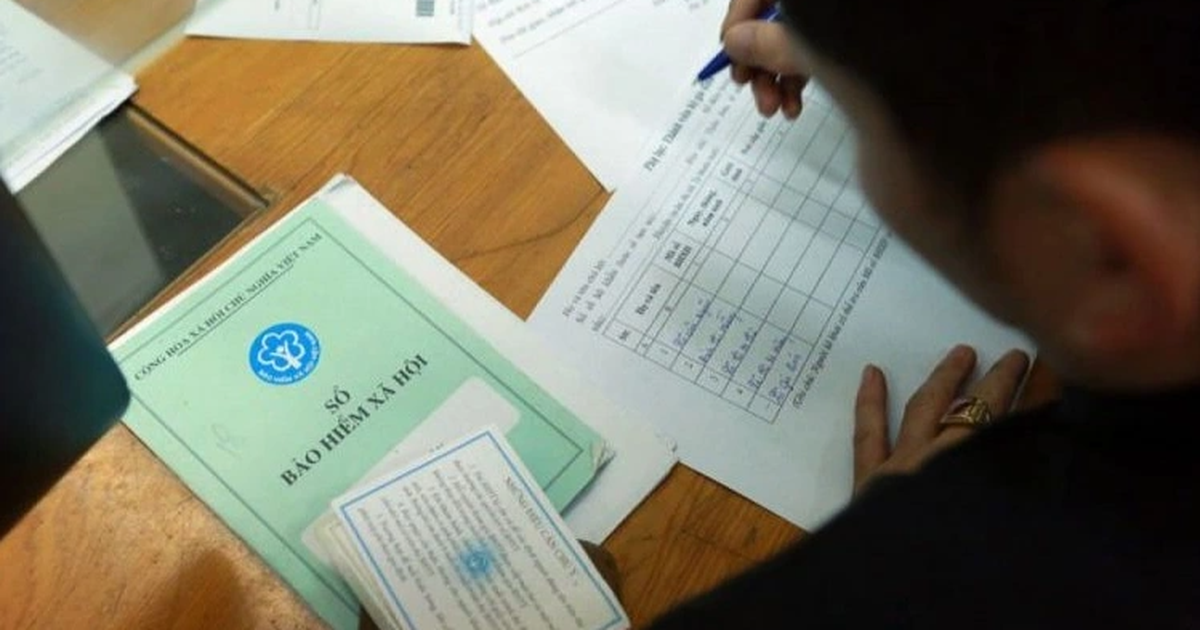
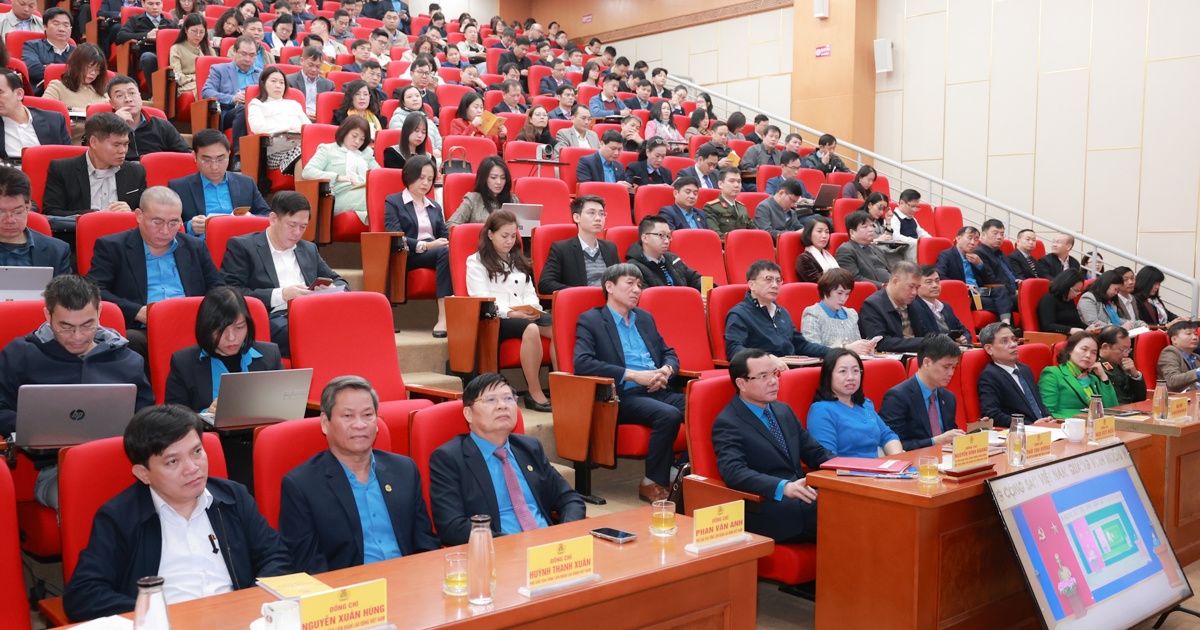





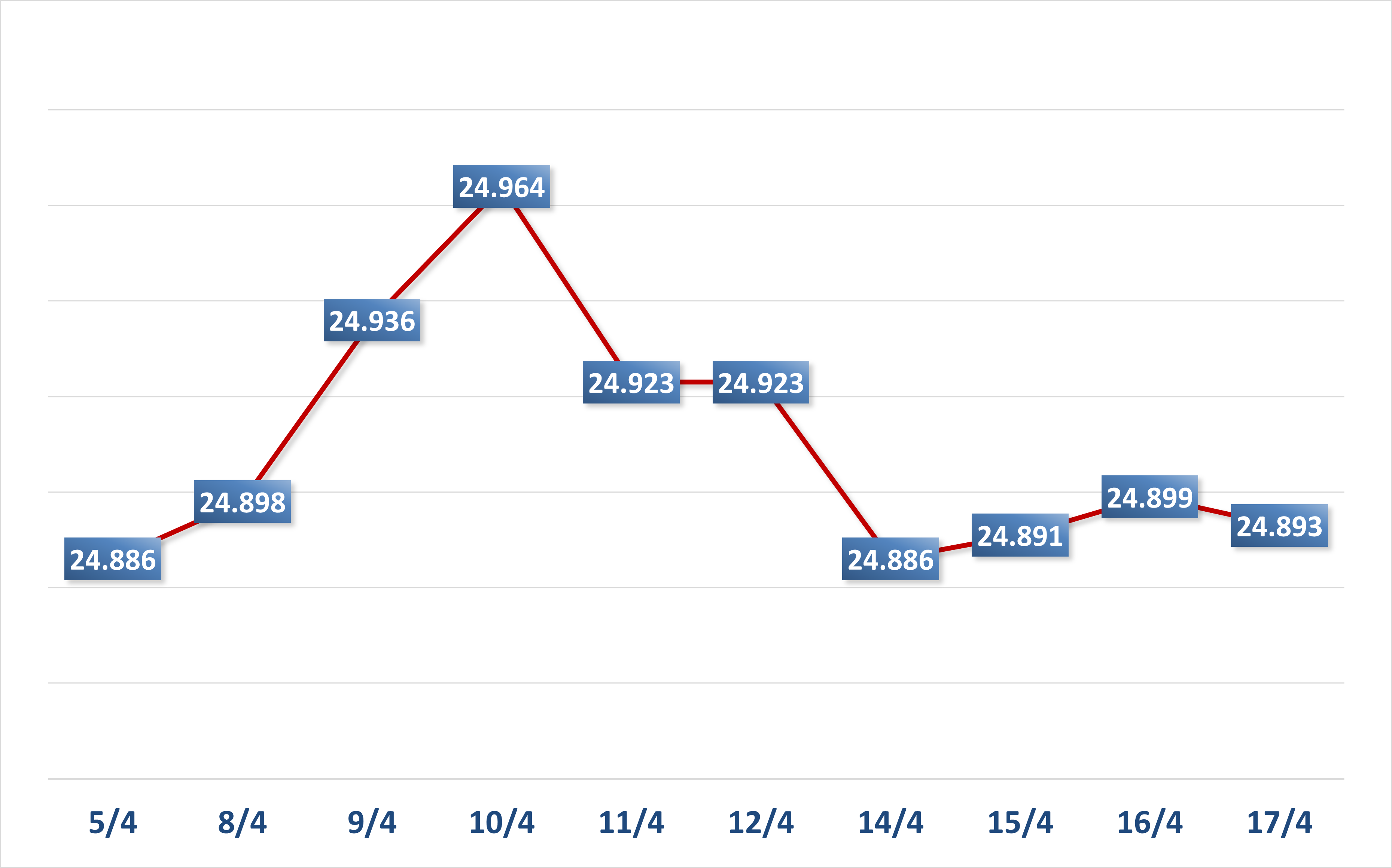

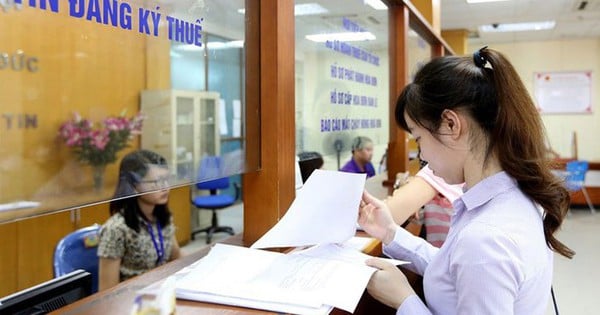

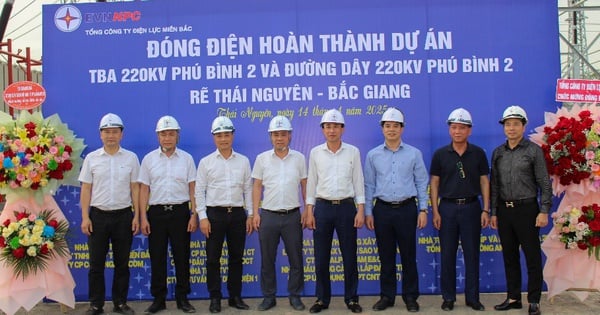







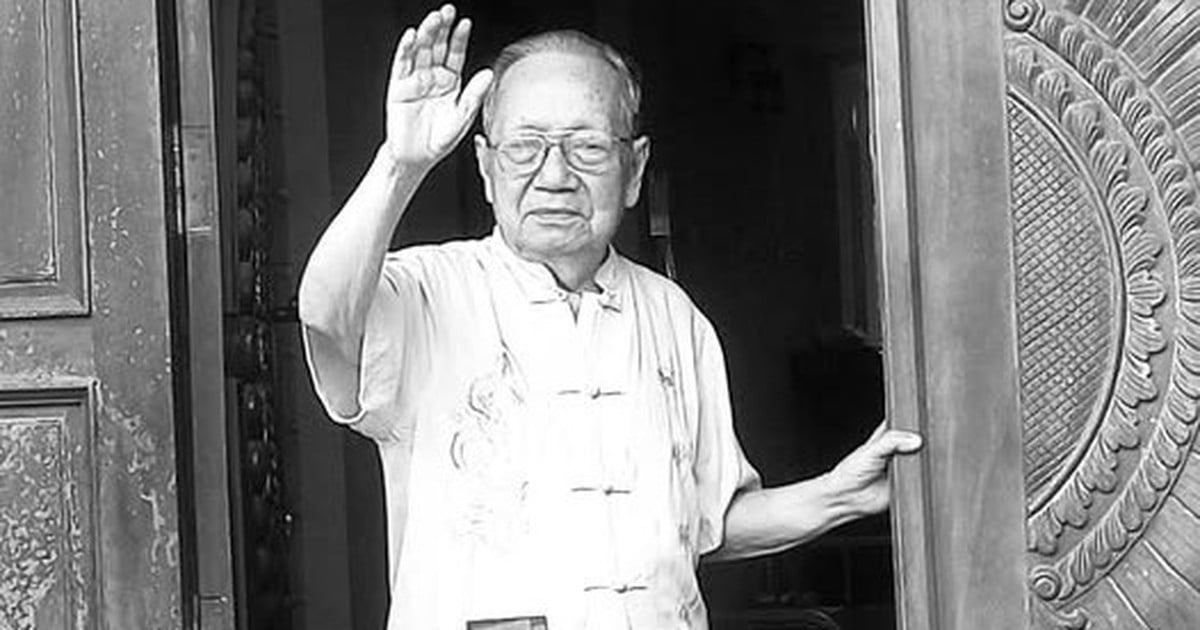

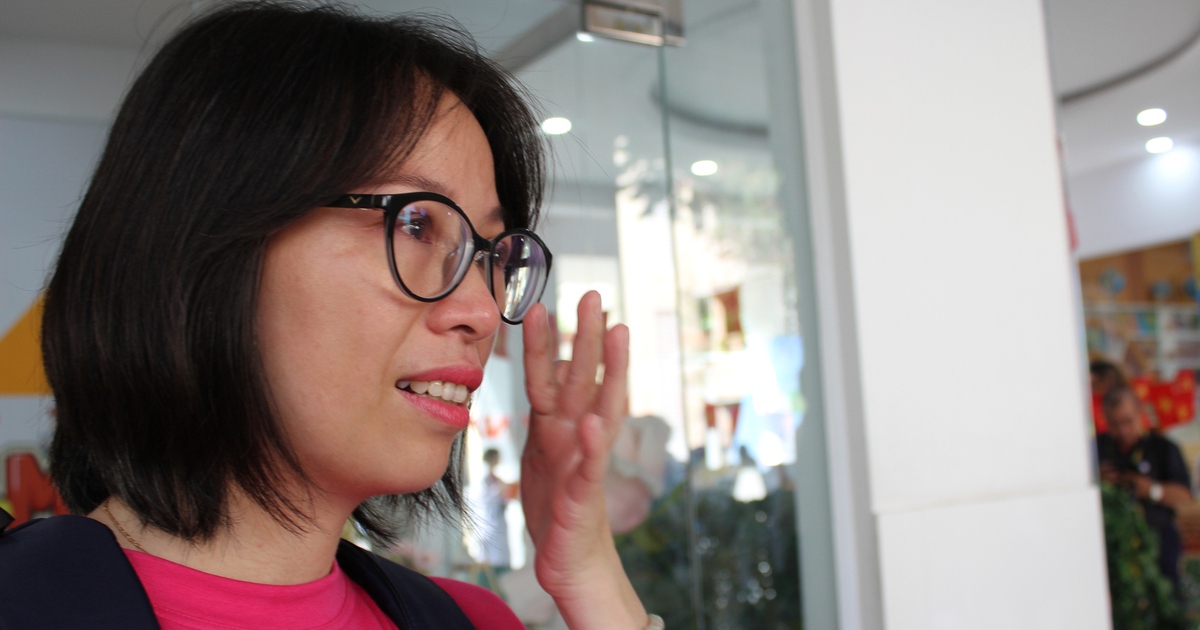
![[Photo] National Assembly Chairman Tran Thanh Man meets with Ethiopian Prime Minister Abiy Ahmed Ali](https://vstatic.vietnam.vn/vietnam/resource/IMAGE/2025/4/16/c196dbc1755d46e4ae7b506c5c15be55)

















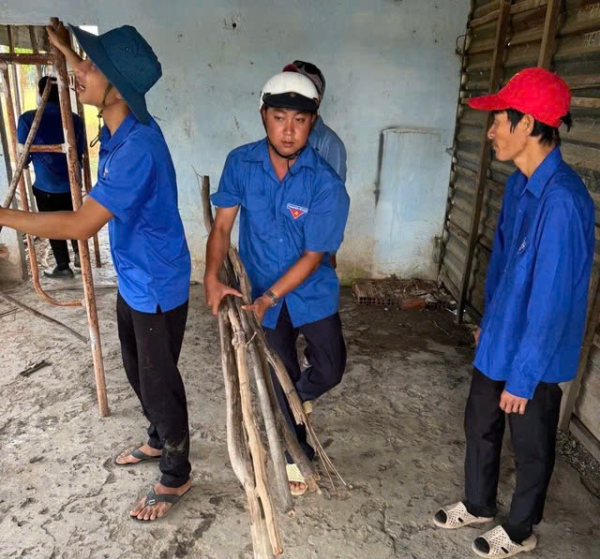


![[Video] Viettel officially puts into operation the largest submarine optical cable line in Vietnam](https://vstatic.vietnam.vn/vietnam/resource/IMAGE/2025/4/17/f19008c6010c4a538cc422cb791ca0a1)








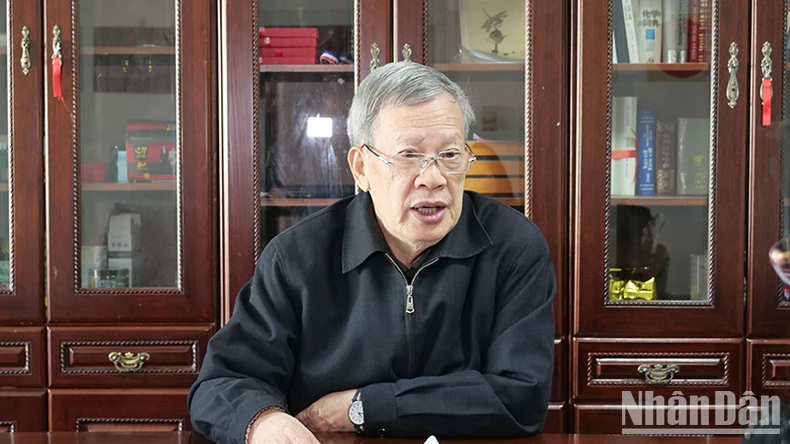






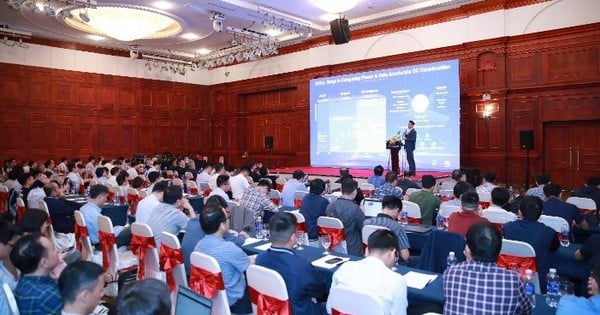





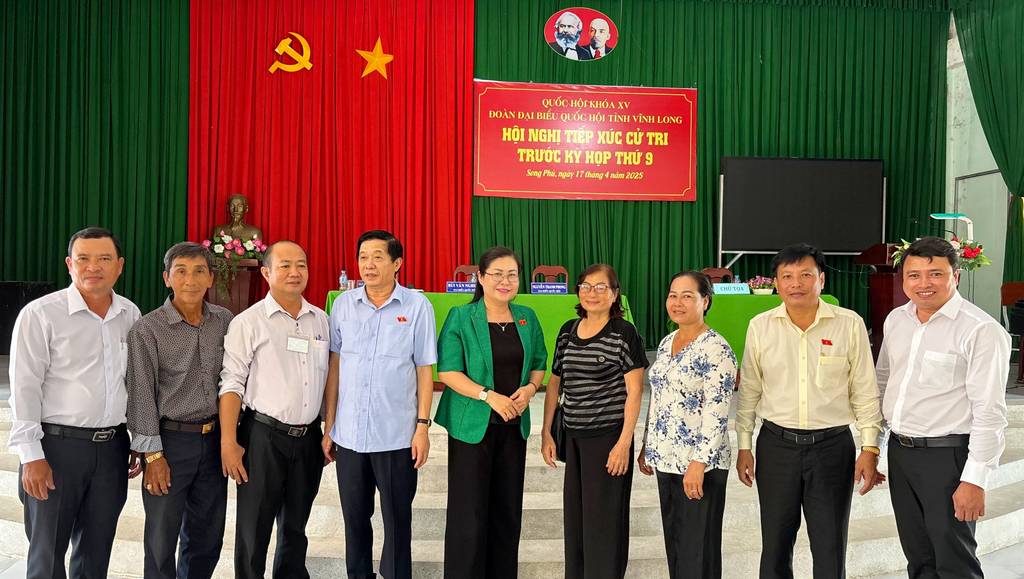
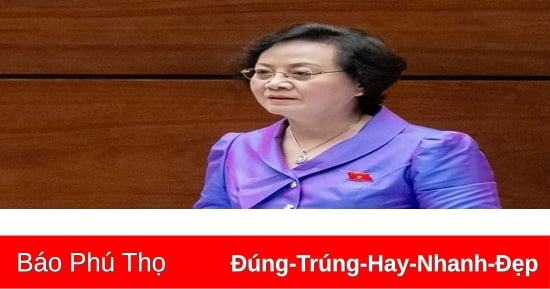





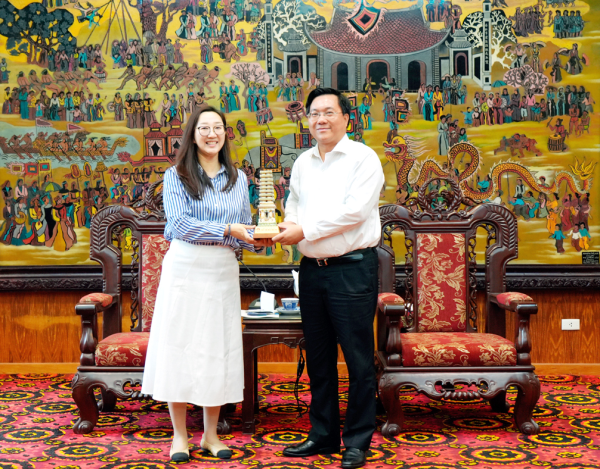






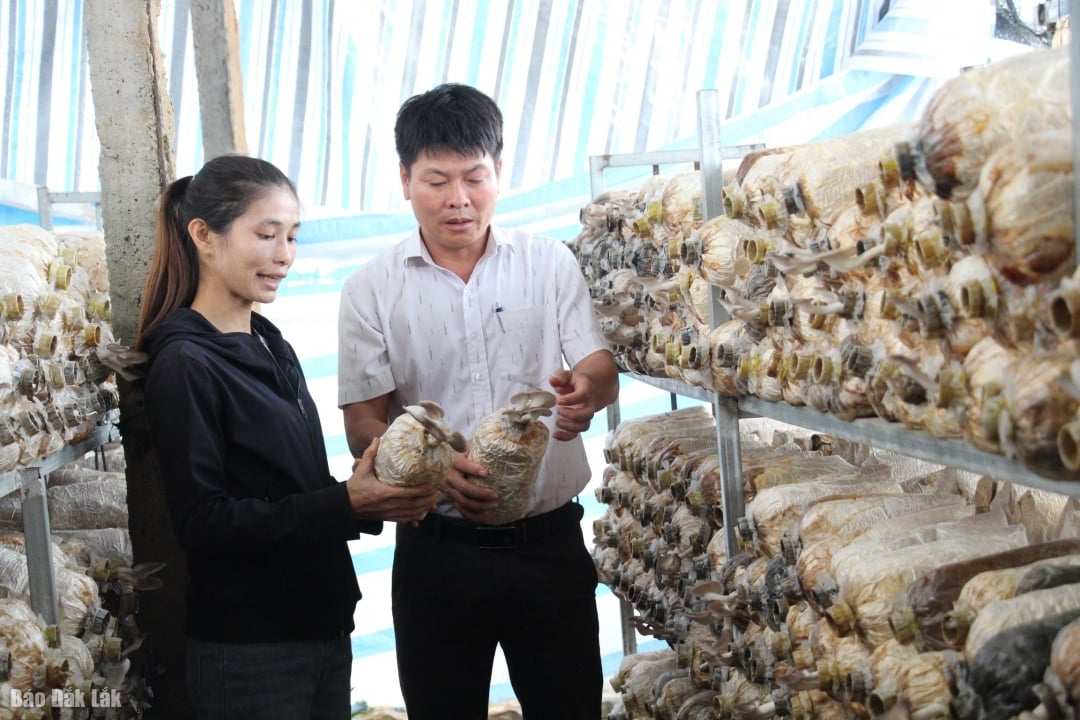

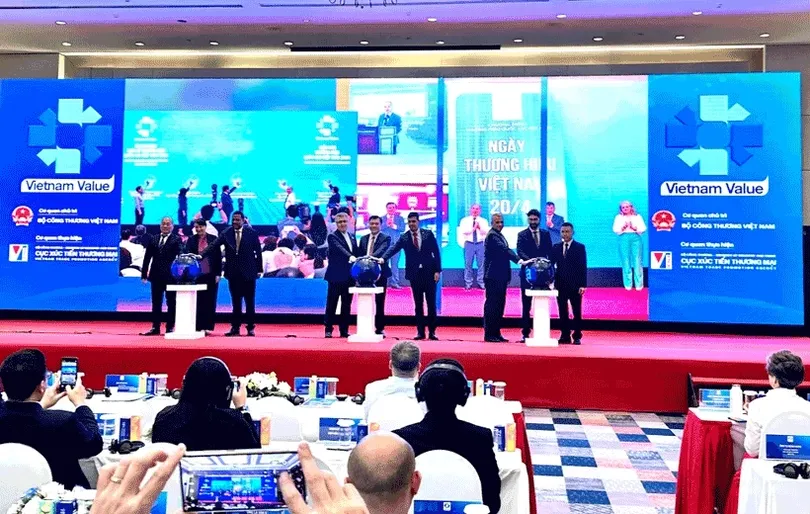



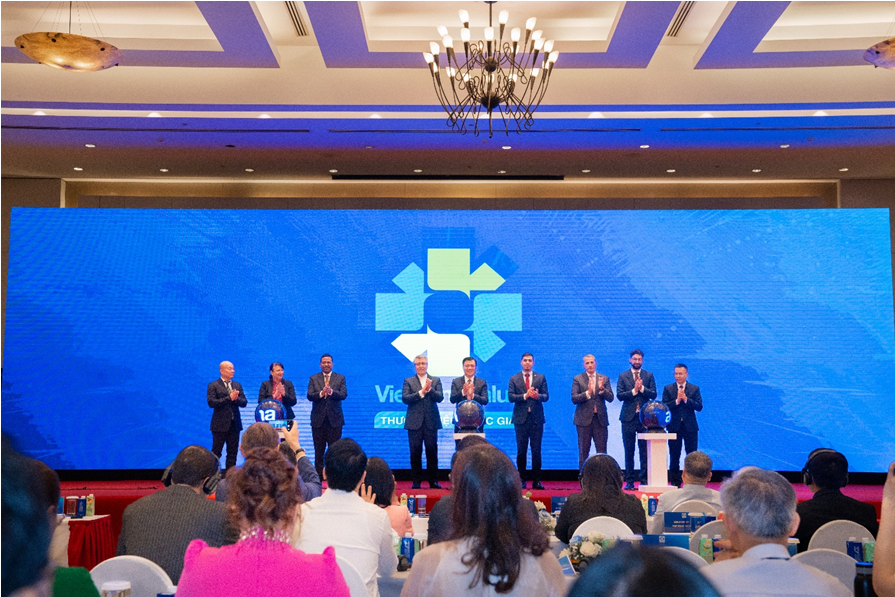

Comment (0)